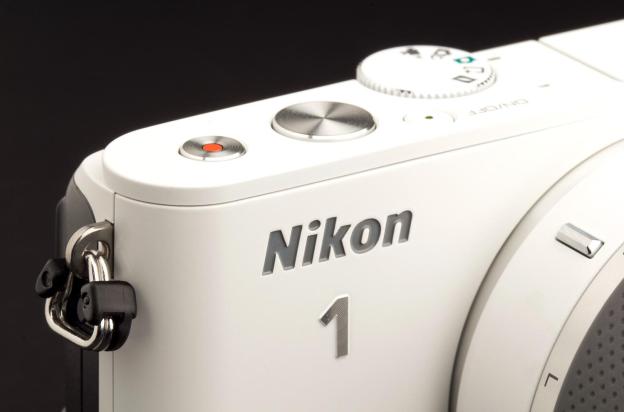 With Kodak and the company formerly known as Research In Motion just two examples of once powerful companies hit hard after failing to innovate or keep up with market trends, Nikon has, not surprisingly, been having a serious think about how it might change its business strategy to avoid suffering in the same way.
With Kodak and the company formerly known as Research In Motion just two examples of once powerful companies hit hard after failing to innovate or keep up with market trends, Nikon has, not surprisingly, been having a serious think about how it might change its business strategy to avoid suffering in the same way.
So in which direction might Nikon head? Well, with smartphones continuing to hack away at the compact camera market, it’s not too difficult to hazard a guess.
Nikon president Makoto Kimura shared his thoughts in a recent interview with Bloomberg, suggesting that the smartphone market was of growing interest to the Japanese company.
“The number of people taking snapshots is exploding by use of smartphones that sold 750 million or so last year,” Kimura said. “We’ve centralized our ideas around cameras but can change our approach to offer products to that bigger market.”
Indeed, Kimura said that in April and May of this year, sales of compact cameras dropped by around 25 percent on the same period 12 months ago, while smartphone shipments leapt last year by around 46 percent, according to research firm IDC.
While the company is still performing well with its high-end DSLR cameras such as the D4 and D800, the huge advancements in smartphone camera technology in recent years means the writing appears to be on the wall for the compact camera market.
‘Non-camera consumer product’
Not wanting to give too much away about what it has in store – or possibly not actually knowing himself – Kimura said, “We want to create a product that will change the concept of cameras. It could be a non-camera consumer product.” When asked by Bloomberg if Nikon was developing a smartphone, the president declined to answer.
Kimura said a newly appointed business team is working on products that should hit the market “in less than five years”, though many observers will suggest Nikon will have to move much faster to have any hope of successfully offsetting losses in its compact camera division with a new device.
Also, it’s unclear at this stage if the company’s possible move into the smartphone market will see Nikon go it alone or alternatively offer its advanced camera technology to an established smartphone maker in a special tie-up.
Nikon first stepped into the world of mobile operating systems last year with the unveiling of the Coolpix S800c compact camera. However, the Android-based shooter – complete with built-in Wi-Fi, a 3.5-inch touchscreen, 16-megapixel CMOS sensor, 10x optical zoom (25-250mm), built-in GPS, and access to the Google Play store – was met with average reviews.
Considering 84 percent of its operating income last year came from its imaging division, and mindful of the disintegration of the point-and-shoot market, Nikon is evidently more serious than ever about diversifying its revenue stream. Besides the “non-camera consumer product”, Kimura said his company is also considering expanding into the production of medical devices, an area in which rival camera maker Olympus has enjoyed significant success.
Editors' Recommendations
- An unknown company just set a new standard for smartphone cameras
- How your smartphone could replace a professional camera in 2023
- Nikon launches the Z9, a pro-grade camera without a mechanical shutter


